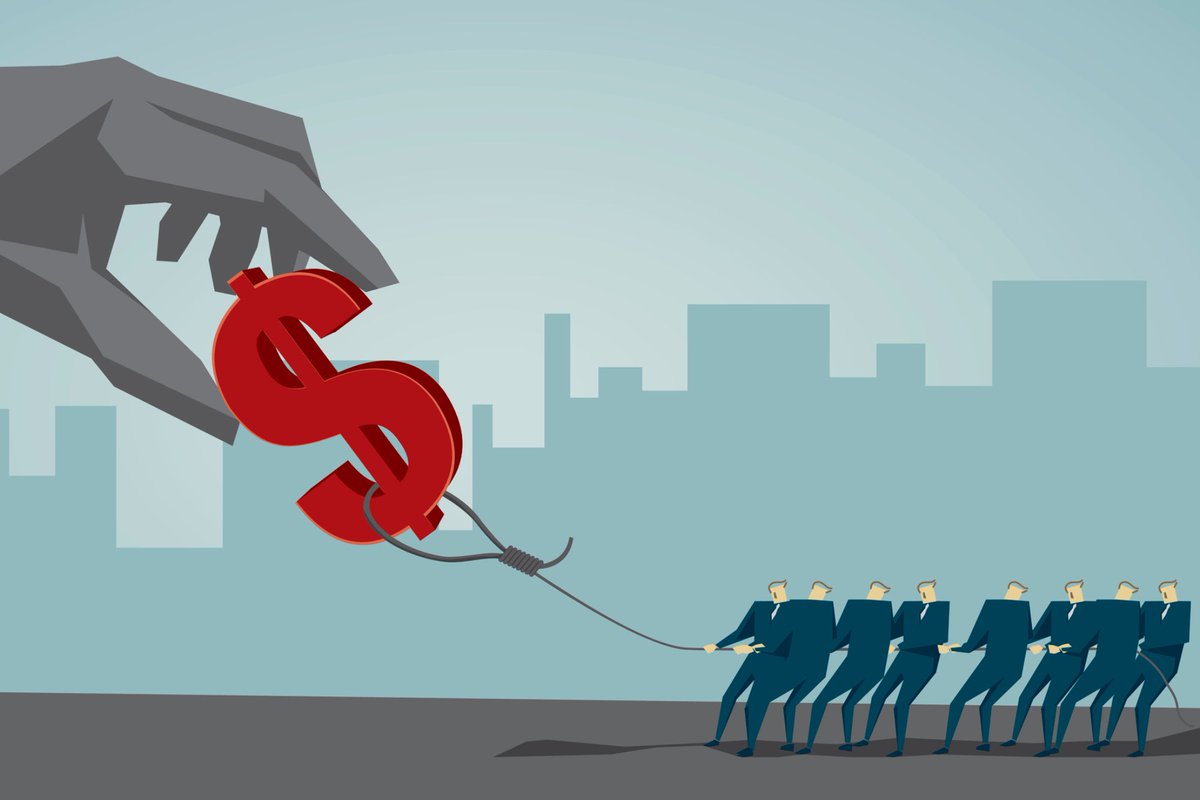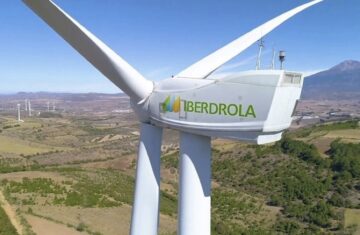An economic depression is defined as a business cycle contraction that leads to a severe and persistent decline in economic activity. It can also be defined as a severe long-term recession and is understood for the national economy as a period of at least two consecutive quarters of actual decline in GDP, according to the National Bureau of Economic Research. An economic stagnation is a clear decline in the economic activity that is rampant in an economy that continues for a few months, while a depression is a sharp weakening of the economy that continues from the beginning of the economy’s weakness and deterioration until it returns to its normal activity.
What is the difference between a recession and a depression?
There was a funny joke among economists in the old days that says: “A recession is when your neighbor loses his job, and a depression is when you lose your job,” and so far the difference between the two terms has not been well understood because there is no universally agreed upon definition of these two terms, so if a number of economists were asked, their definitions of depression and stagnation would be different.”
Economic recession
The National Bureau of Economic Research (NBER) Business Cycle Dating Committee offers a better way of detecting whether or not there is a recession. This committee determines the amount of business activity in the economy by looking at things like employment, industrial production, real income, and retail and wholesale sales. The committee defines economic stagnation as the period during which business activity reaches its peak and then begins to decline until it reaches a bottom. According to this definition, the average recession lasts for a year.
Economic depression
An economic depression is defined as a sharp and continuous decline in the economy that causes a decline in the gross domestic product, and when this economic depression hits any country, it is like a cancer as it spreads throughout the body of the economy. It should be noted that consumer confidence and investments will decline, causing the economy to close. This unwanted visitor will knock on the doors of the majority and will affect many different economic aspects, and the following is a statement of its most important effects:
- A continuous rise in the unemployment rate.
- Available credit tumbles.
- Declining production output and productivity
- Decreased gross domestic product.
- Personal or business bankruptcy.
- Default on sovereign debt.
- Decline in domestic trade and world trade.
- Sharp decline in the stock market.
- Constant fluctuation in asset prices.
- Currency devaluation.
- Low or no inflation or even deflation.
Will a recession turn into a depression?
After recognizing both recession and stagnation, how can one distinguish between them? The difference between depression and stagnation can be determined by looking at changes in gross national product. A depression is any economic contraction in which real GDP decreases by more than 10%, while a recession is a less severe economic contraction. For the period of the Great Depression, which will be discussed in greater detail, the last depression in the United States occurred from May 1937 to June 1938, when real GDP fell by 18.2%, and the Great Depression in the 1930s was two events using this method.Separately, there was a terribly severe and stifling depression from August 1929 to March 1933, when the gross domestic product fell by approximately 33%, and another, less severe depression, from 1937 to 1938.
A recession is a natural aspect of the business cycle that generally occurs when the gross domestic product (GDP) shrinks for at least two quarters. A depression is a sharp decline in economic activity that lasts for several years, and this may make recessions more common. Since 1854, there have been 33 recessions in the world. The United States has only had one recession, and the question remains: is it possible for a recession to turn into a depression? The answer is yes; if the recession extends for years, it will turn into a depression.

The Great Depression
The Great Depression was the worst economic downturn in the history of the United States, which began in 1929 and did not abate until the late thirties. The stock market crash in October 1929 heralded the coming of the specter of depression, and by 1933 the unemployment rate reached 25% and the specter of depression extended to banks. As more than 5,000 banks stopped working, then US President Herbert Hoover tried to stimulate the economy through a number of measures. But all these measures did not help to expel the specter of depression, and in November of 1932, Franklin Roosevelt was elected President of the United States of America and was inaugurated in March 1933 AD, and he presented what is known as the New Agreement or the New Deal, which is a set of economic programs to confront the Great Depression, which ended in 1939. In custody.
Read also: 3 Famous economic depression



